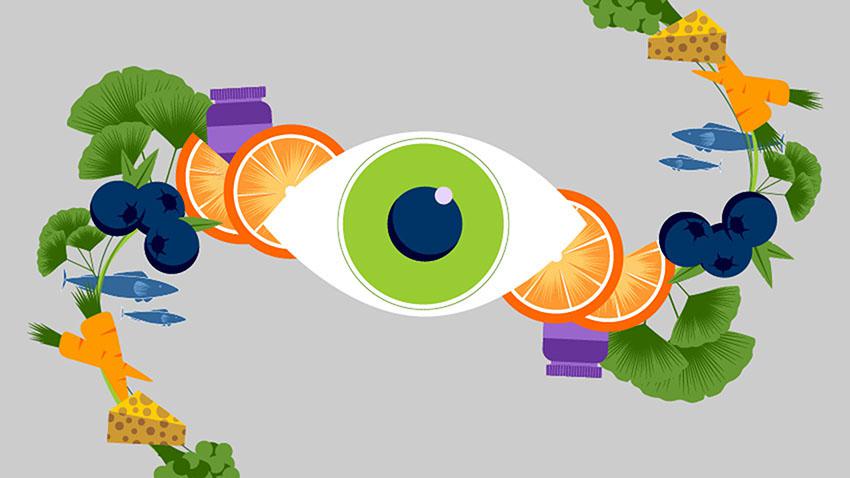There’s no magic recipe for a longer life.
But the recommendation that you should eat 2 servings of fruit and 3 servings of vegetables daily comes pretty close.
Such “5 a Day” diets are strongly associated with longevity, according to research published in the American Heart Association’s journal Circulation.
“This amount [of fruits and vegetables] likely offers the most benefit in terms of prevention of major chronic disease and is a relatively achievable intake for the general public,” said Dr. Dong D. Wang, the lead study author and an epidemiologist and nutritionist at Harvard Medical School and Brigham and Women’s Hospital in Boston.
Researchers studied diet and mortality among more than 100,000 men and women in the United States over the course of about 3 decades, along with data from similar studies conducted worldwide.
Information on more than 2 million study participants was included.
The authors concluded that a diet rich in fruits and vegetables helps reduce the risk for the chronic health conditions that are the leading causes of death, such as cardiovascular disease and cancer.
For example, people who followed a 5-a-day diet had a 13 percent lower risk of death from all causes, a 12 percent lower risk of death from cardiovascular disease, a 10 percent lower risk of death from cancer, and a 35 percent lower risk of death from respiratory diseases — compared to those who ate fewer fruits and vegetables.
The right fruits, vegetables
“Fruits and vegetables are naturally packaged sources of nutrients that can be included in most meals and snacks, and they are essential for keeping our hearts and bodies healthy,” said Dr. Anne Thorndike, chair of the American Heart Association’s nutrition committee and an associate professor of medicine at Harvard Medical School.
“Fad diets come and go, but over the years, research has consistently shown that a diet high in a variety of whole fruits and vegetables leads to better health outcomes,” Renee Puyau, a registered dietitian and director of the Metabolic Kitchen at the Pennington Biomedical Research Center in Baton Rouge, Louisiana, told Healthline.
“Multiple daily servings of fruits and veggies are defining features of diets like DASH and Mediterranean, which are consistently ranked highest on the ‘best diets’ lists,” Puyau said. “One of the easiest ways for someone to improve their diet overall is to add a serving of fruits or veggies each day, or even better, to each meal.”
Not all fruits and vegetables are created equal, however.
Researchers found longevity benefits in foods such as green leafy vegetables like spinach, lettuce, and kale, as well as fruit and vegetables rich in beta carotene and vitamin C, such as citrus fruits, berries, and carrots.
Green, leafy vegetables are “folate-rich foods [that] are highly anti-inflammatory, promoting the body’s natural detoxification process and improving mental health,” Uma Naidoo, a nutritional psychiatrist and author of “This Is Your Brain on Food,” told Healthline.
“Then, you have the nonstarchy vegetables like cucumbers, radish, asparagus, cabbage, broccoli, and cauliflower. These are abundant in polyphenols and fiber, which improves gut health and promotes a balanced immune system and mood,” Naidoo added.
Starchy vegetables such as peas, corn, and potatoes weren’t associated with decreased risk of death during the study period.
Nor was consumption of fruit juices.
“Our findings do not support the current Dietary Guidelines for Americans and federal nutrition assistance programs’ positions on treating all types of fruit and vegetables the same and including juices and potatoes into the fruit and vegetable groups, without considering their potentially differential nutritional properties and health effects,” the study noted.
Still, Courtney Vickery, a dietitian and nutritionist based in Georgia, told Healthline that the federal guidelines remain a helpful tool for getting adequate fruits and vegetables into your diet.
“These guidelines focus on the MyPlate recommendation, which many people find more attainable since it is a plate-by-plate approach,” said Vickery.
“The plate is recommended to be half fruits and/or vegetables, which would help many people achieve the 5 servings per day needed for the benefits mentioned in this study,” Vickery added.
Source: www.healthline.com








